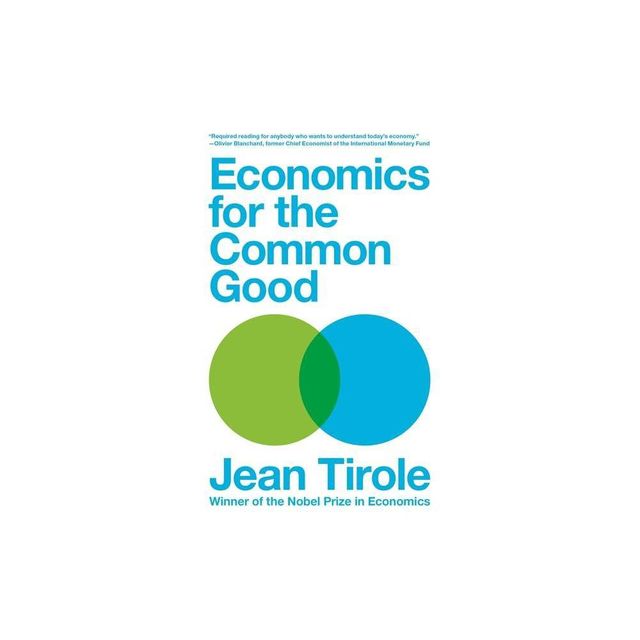Home
From Austerity to Abundance?: Creative Approaches to Coordinating the Common Good
Loading Inventory...
Barnes and Noble
From Austerity to Abundance?: Creative Approaches to Coordinating the Common Good
Current price: $134.99


Barnes and Noble
From Austerity to Abundance?: Creative Approaches to Coordinating the Common Good
Current price: $134.99
Loading Inventory...
Size: OS
*Product Information may vary - to confirm product availability, pricing, and additional information please contact Barnes and Noble
This volume explores the ways in which civil society and governments employ transformative tactics of direct engagement in coordinating efforts toward the common good. The chapters highlight alternatives that are philosophically and pragmatically different from neoliberal austerity measures, which reduce coproduction to a cost-saving tactic. Instead of simplistic load-shedding and unfunded partnerships, collaborative governance and coproduction increasingly take on characteristics of social movements, wherein direct citizen engagement in public policy making and administrative implementation are seen as the collective pursuit of human flourishing and abundance.
These approaches counter the status quo - both in terms of power dynamics and standard operating procedures. Civil society is increasingly reclaiming its roots in the more informal mechanisms of social movements. As governments reach out to engage these groups, they must develop a new stance toward collaboration - one that sees power as a generative force when shared rather than held through hierarchical or competitive dominance. This book shows how, through this transformation, genuine public value can be produced.
These approaches counter the status quo - both in terms of power dynamics and standard operating procedures. Civil society is increasingly reclaiming its roots in the more informal mechanisms of social movements. As governments reach out to engage these groups, they must develop a new stance toward collaboration - one that sees power as a generative force when shared rather than held through hierarchical or competitive dominance. This book shows how, through this transformation, genuine public value can be produced.


















